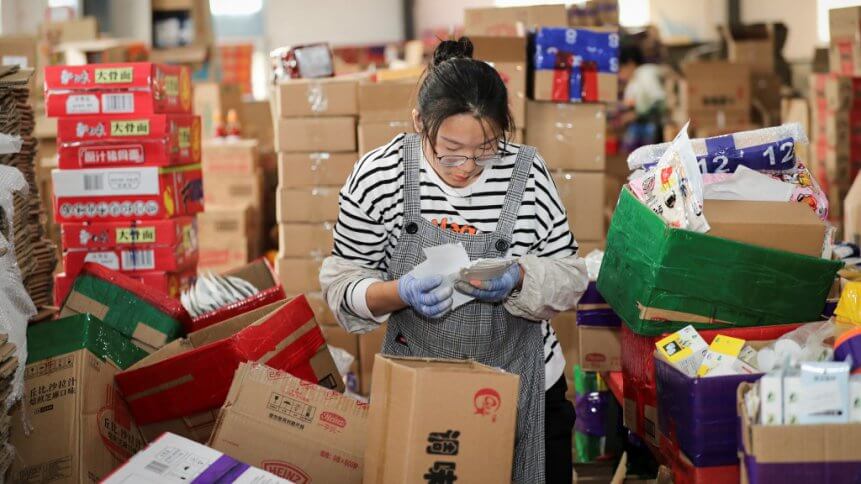Magnifying retail supply chain visibility with the Internet of Things

In many countries, the shopping experience has largely become an online experience in the past year-plus. But as conditions start to return to normal, the supply, demand, and other links of the retail supply chain are still being challenged by what can seem like insurmountable odds.
That situation appeared to have been highlighted during last year’s Black Friday sale period. Back in 2018, 70% of consumers made their holiday purchases at a physical store. This trend was reversed in PYMNTS’ Black Friday 2020 Report, when 74% did their holiday shopping online while just 48% bought from brick-and-mortar outlets as lockdowns raged.
More people bought items online during Black Friday last year than ever before. The steady migration to adopting e-commerce has clearly shown that consumers today are expecting a more seamless, upmarket experience when shopping from brands – particularly when making purchases online.
But the sudden shift in consumer retail behavior could have far-reaching implications for various participants of the supply chain. Ensuring availability of ready stock, for instance, is a common issue for e-commerce stores as they purchase minimal stock to avoid incurring losses – but might have been left stranded when sales demand shot up more than expected over the last year.
The same applies to the rest of the retail supply chain, which was used to facilitating less orders from the online space as physical fulfillment. Supply lines had to be rethought to cover the hike in e-commerce activity, and sellers had to figure out how to meet delivery deadlines on time and with an expectation of quality assurance.
These conditions can be overwhelming for supply chain operators if they do not reinforce their retail operations with technological tools like the Internet of Things (IoT). For example, an overwhelmed e-store fulfillment manager might be able to keep track of an item with RFID tags while it’s in his warehouse or while en route to shipping. But how does he ensure that the last-mile delivery is properly managed, and that the package is not lost or delayed – something that modern on-demand shoppers might not be will to accept, and demand a refund.
Optimizing the retail supply chain with IoT
But a battery-powered smart tracking device could be mounted onto the container carrying the goods, and the IoT tracker can convey in real-time the exact location of the goods to the connected IoT network, as they pass along different links in the supply chain. The logistics manager can keep track of this through a handy mobile app, with details on the exact current GPS location of the IoT tracker, along with real-time tracking of how fast it is moving, and an estimated time of arrival based on current travel conditions.
Similarly for perishable goods like farm produce and medication, IoT-enabled sensors can be attached that monitor real-world environmental conditions that may hamper the safe, in-good-condition delivery of perishables, such as humidity and temperature changes. Armed with real-time data, the retailer can respond to an alert and intervene directly before damaged items are delivered to the customer.
In the current competitive e-commerce environment, 77% of customers in an annual e-commerce study by 3PL provider Dotcom Distribution said that delayed order arrivals will influence their future interactions with an e-tailer. Hence it is vital that retail supply chains run as efficiently as possible, and IoT sensors that transmit data to the supplier can also be configured to send live delivery expectation times and other data to the customers themselves, providing the element of premium care and tracking that might positively influence a future purchasing decision.
Supply chain operators might even go the figurative extra mile by fixing IoT sensors all along the supply chain and on a shared IoT network, turning real-time insights into a reporting tool that can provide comprehensive visibility of a package’s entire journey. Over time, such insights can be harnessed to optimize delivery routes, processes, and deadlines – lowering the risk of product returns, customer dissatisfaction, and costly refunds in the long run.










